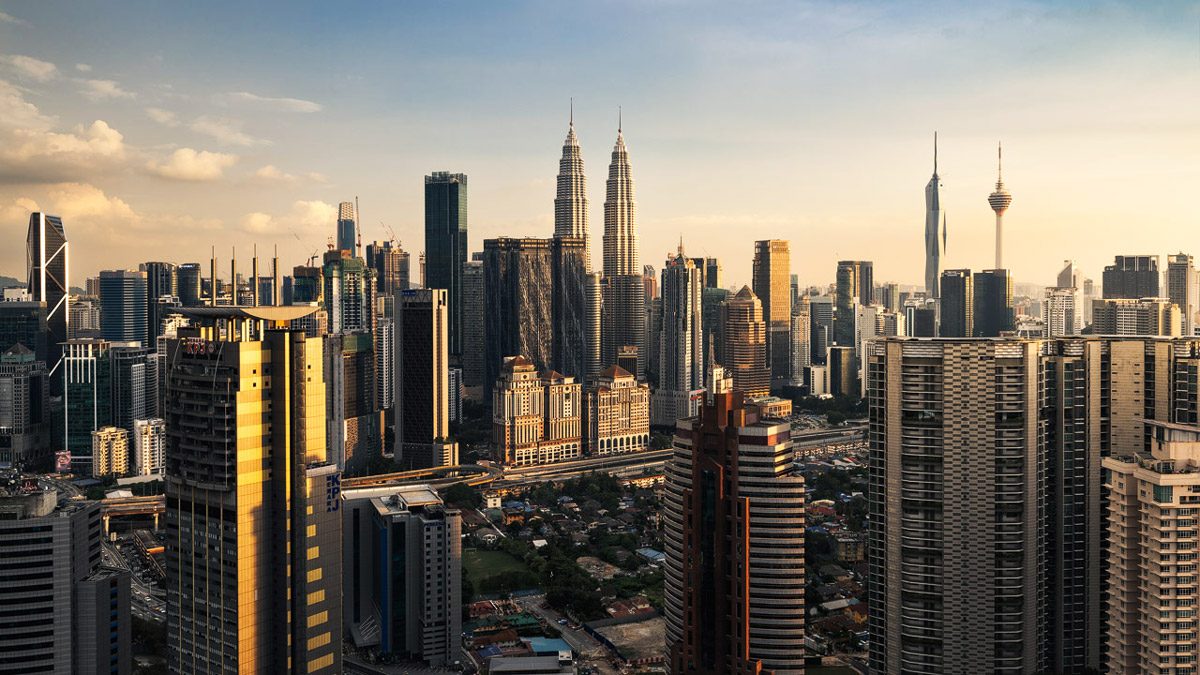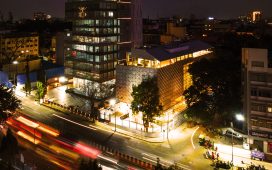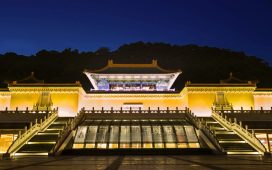Before visiting Kuala Lumpur, I honestly didn’t know quite what to expect. I had heard about the Petronas Towers and the famous Batu Caves, but what surprised me most was how alive the city felt in every moment. From sharing street food with strangers on tiny plastic stools to sipping frothy tea while the afternoon rain poured outside, KL was the kind of place that kept pulling me deeper into its rhythm. It’s a city that feels both fast-paced and welcoming, modern yet deeply tied to its traditions—a balance that made it one of the most memorable stops in my travels.

History of Kuala Lumpur
Kuala Lumpur’s roots lie in the mid-19th century, when Chinese and Malay prospectors founded it as a tin-mining settlement at the confluence of two rivers. British colonial influence soon followed, bringing railways, governance, and trade that spurred growth. The city endured fires, floods, and conflicts but grew into the capital of Malaysia after independence in 1957. Today, Kuala Lumpur’s history is reflected in its architecture, from colonial buildings and traditional mosques to futuristic skyscrapers, symbolizing its blend of tradition and progress.
Landmarks & Architecture
What struck me about KL is how its skyline and streetscape tell a layered story. One moment you’re staring up at steel towers that feel futuristic, the next you’re wandering through colonial squares or climbing temple steps carved into limestone. Each landmark feels like a different chapter of the city’s identity.
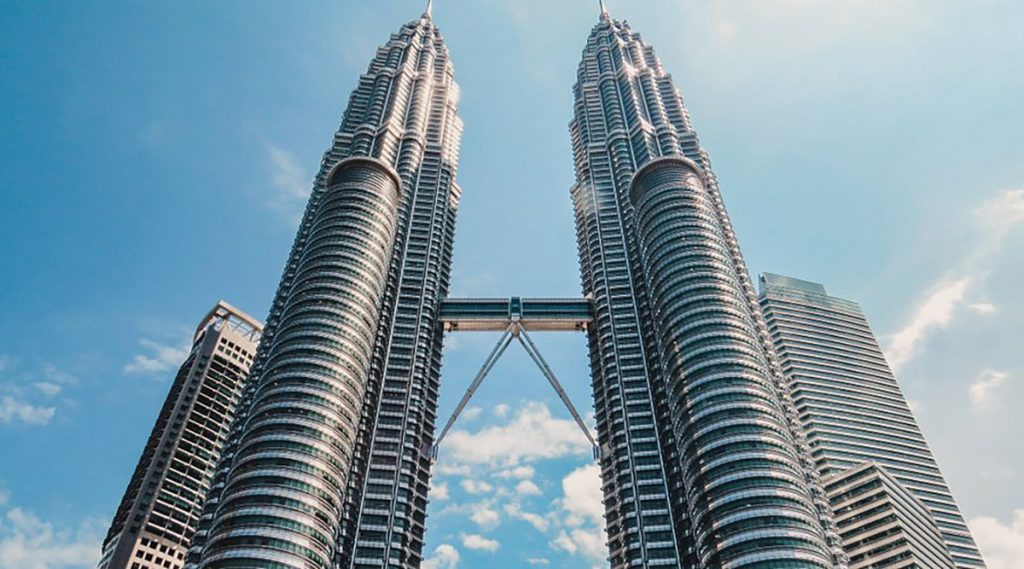
- Petronas Twin Towers: The silver icons of KL, dazzling by day and glowing at night. Standing beneath them, I felt like a tiny speck under a futuristic skyline.
- Batu Caves: A short ride from the city, where the golden Lord Murugan statue towers beside rainbow-colored steps leading into vast limestone caverns. A mix of devotion and spectacle.
- Merdeka Square: A slice of colonial history with the copper-domed Sultan Abdul Samad Building standing proudly against modern skyscrapers.
Food Adventures
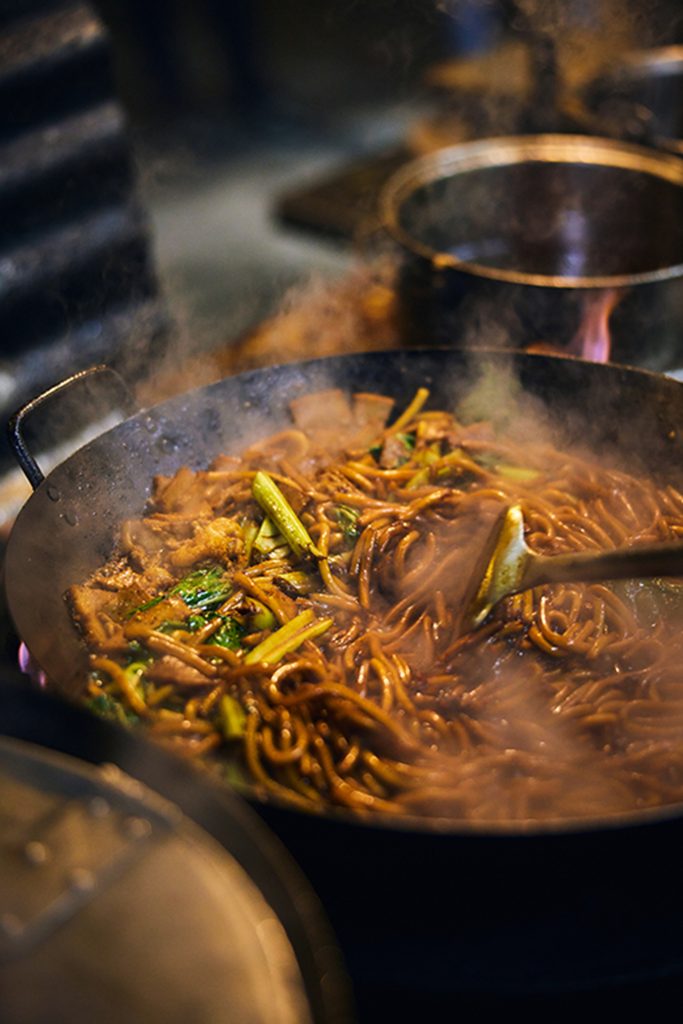
If I had to define KL in one word, it would be flavor. Eating here felt like moving through different cultures plate by plate—Malay spice, Indian warmth, Chinese wok hei. Meals weren’t just food; they were experiences, often shared shoulder to shoulder with strangers who felt like friends by the end.
I squeezed into a tiny table at Jalan Alor Food Street, surrounded by sizzling woks and the smoky scent of satay. In Brickfields, I tucked into banana leaf rice piled high with curries. And one hot afternoon, I cooled down with frothy teh tarik, pulled dramatically from one cup to another like a performance.

Street Food in Kuala Lumpur
If you only had one mission in KL, it should be to eat your way through its streets. Every neighborhood has its own flavor personality, and I found myself happily chasing aromas and queues of locals to discover the best bites.
- Jalan Alor (Bukit Bintang): Satay skewers, spicy char kway teow, grilled chicken wings, and sambal-topped stingray.
- Petaling Street (Chinatown): Known for hokkien mee, claypot chicken rice, and the refreshing air mata kucingdrink.
- Kampung Baru: Traditional Malay dishes like nasi lemak, tender beef rendang, and smoky ikan bakar.
- Brickfields (Little India): Flaky roti canai, creamy kopi peng, and trays of sweet mithai.

Museums & Culture
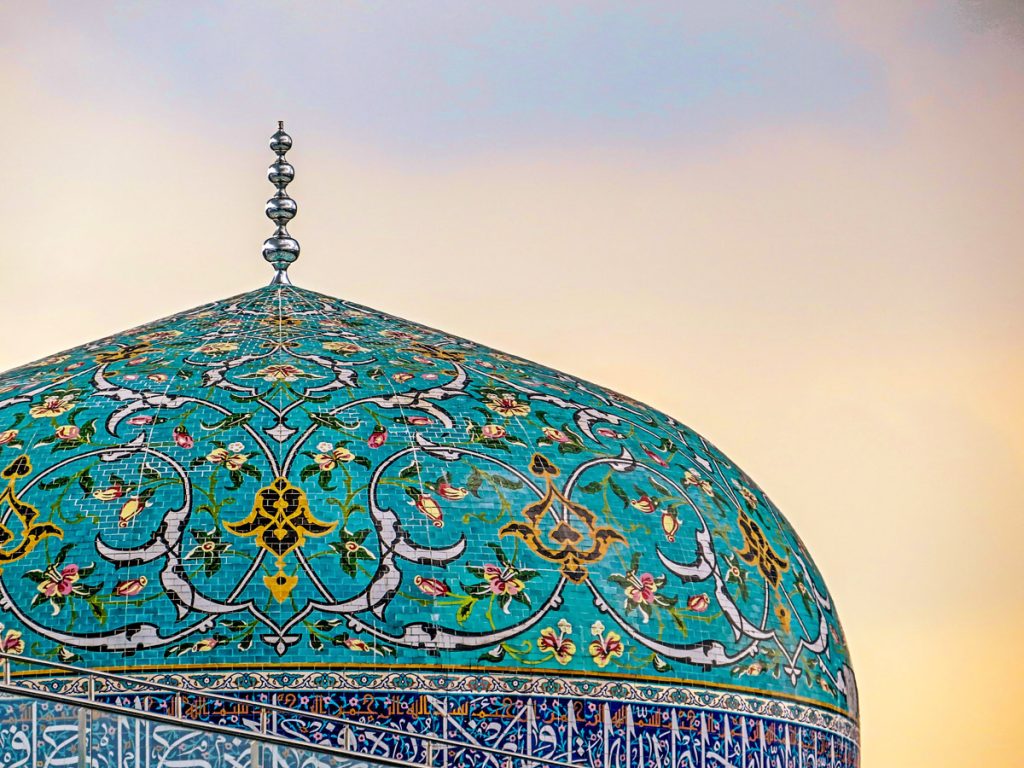
KL isn’t just about food and skyscrapers—it also has spaces that invite you to slow down and understand its soul. I found that the museums here aren’t overwhelming, but instead, deeply personal glimpses into the country’s history and artistry.

- Islamic Arts Museum Malaysia: A serene, beautifully curated space full of calligraphy, textiles, and mosque models that felt like works of poetry.
- National Museum (Muzium Negara): A walk through Malaysia’s story, from early kingdoms to colonialism to independence.
- National Mosque (Masjid Negara): A striking symbol of modern Islamic design, surrounded by calming gardens.

Neighborhoods Worth Exploring
Each neighborhood in KL felt like stepping into a new world. I loved how I could move from polished malls to buzzing street markets in the same afternoon. Exploring these districts was like flipping through the city’s many personalities.

- Bukit Bintang: The entertainment hub with shopping malls, rooftop bars, and endless dining.
- Chinatown (Petaling Street): Market chaos, herbal shops, and authentic Chinese eats.
- KLCC: Sleek skyscrapers, luxury hotels, and a surprisingly peaceful park tucked beneath the Petronas Towers.
Hidden Gems
My favorite part of KL was stumbling across places that weren’t on my original list. These quieter corners gave me a chance to step away from the hustle and feel the city’s softer side.
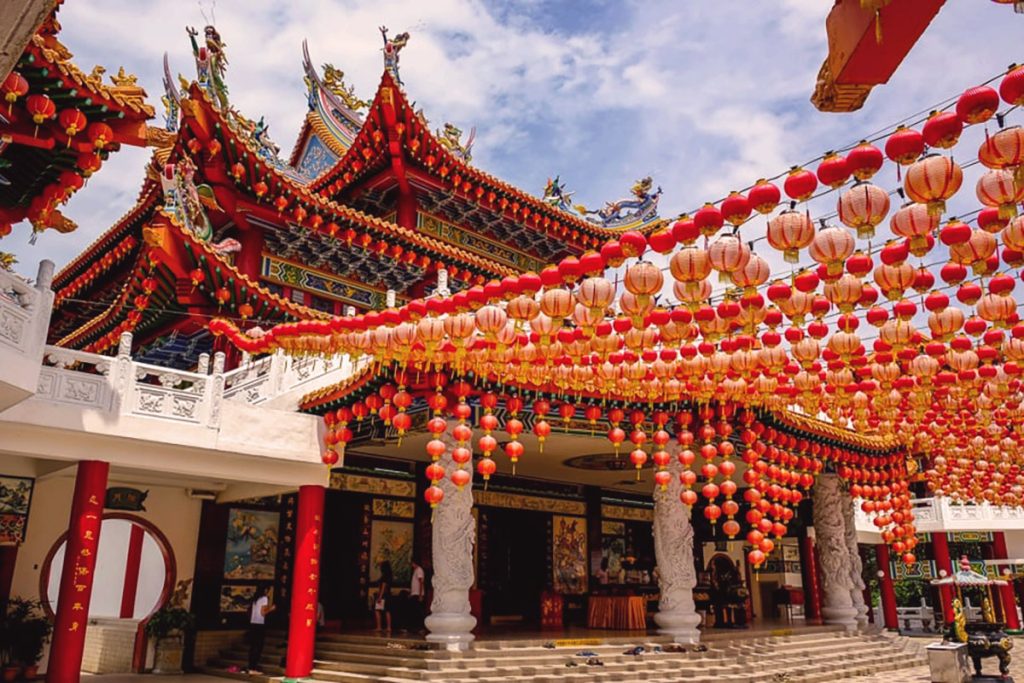
- Thean Hou Temple: A colorful Chinese temple that felt peaceful and timeless, especially with its swaying lanterns.
- Perdana Botanical Gardens: A lush green escape in the middle of the city.
- Kopitiams (local coffee shops): Humble cafés where I had kaya toast and kopi while chatting with locals who welcomed me like family.
Spotlight: Batu Caves
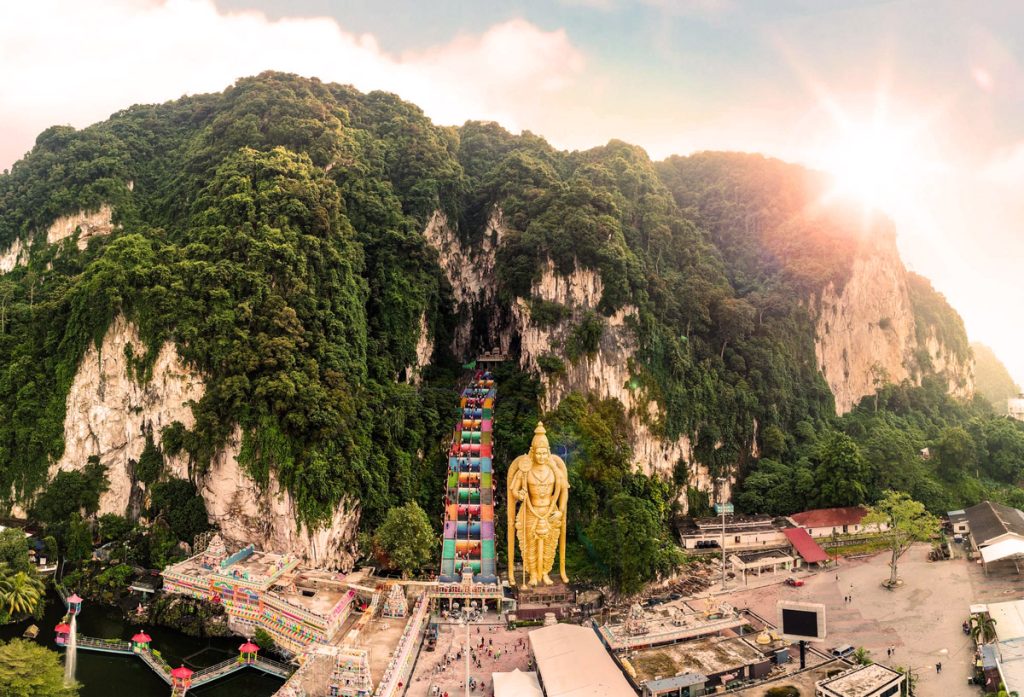
The Batu Caves deserve their own moment. They’re not just a tourist attraction—they’re a spiritual landmark where nature, religion, and culture converge.
The colossal statue of Lord Murugan greets you before you tackle the rainbow staircase, flanked by playful monkeys. At the top, the limestone caves open into vast chambers where shrines glow in the dim light. I remember looking up at beams of sunlight cutting through cracks in the cave ceiling, feeling small yet connected to something ancient and powerful.
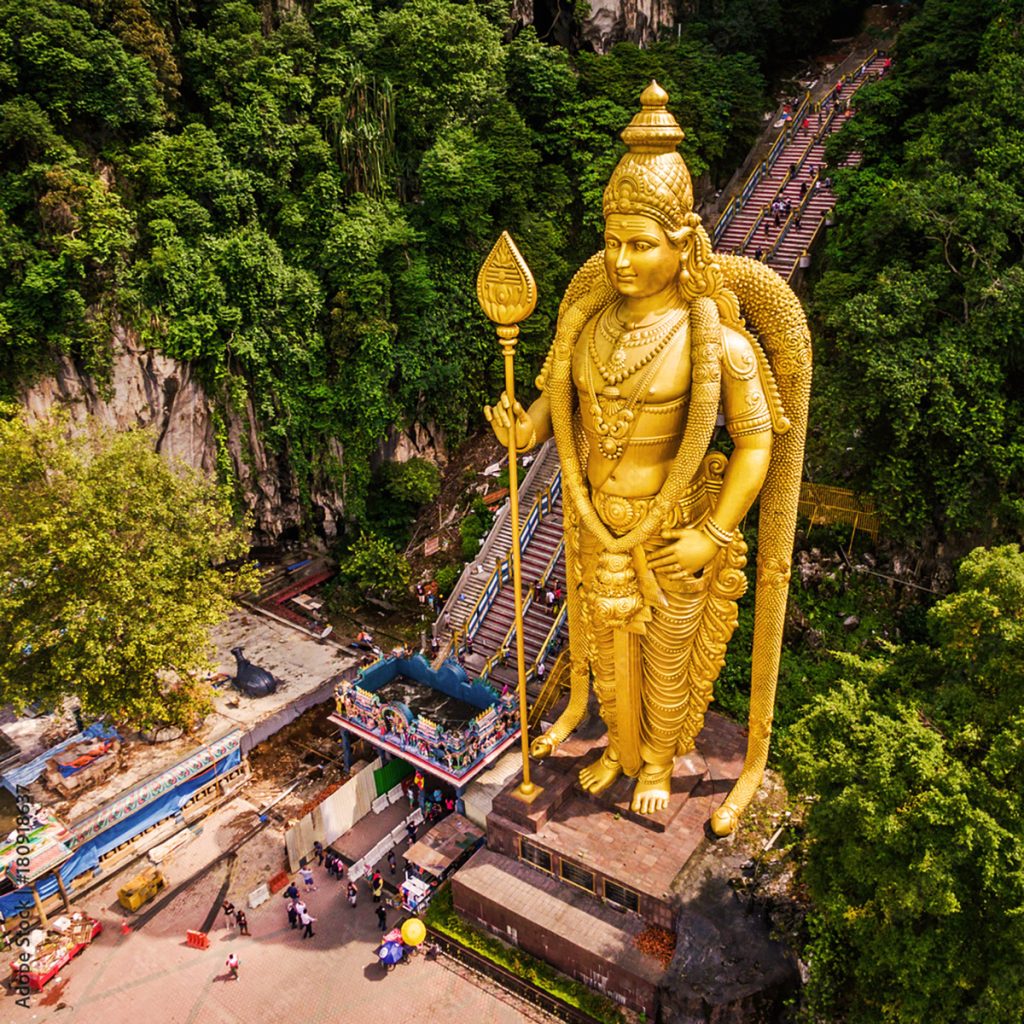
Practical Tips
Traveling around KL was easier than I expected, but a few small things made the difference in my trip.
- Getting Around: Public transport is reliable, and Grab ride shares are cheap and convenient.
- Weather: It’s humid and tropical—pack light clothes but carry an umbrella for sudden showers.
- Dress: Keep attire modest for religious sites like temples and mosques.
Final Thoughts
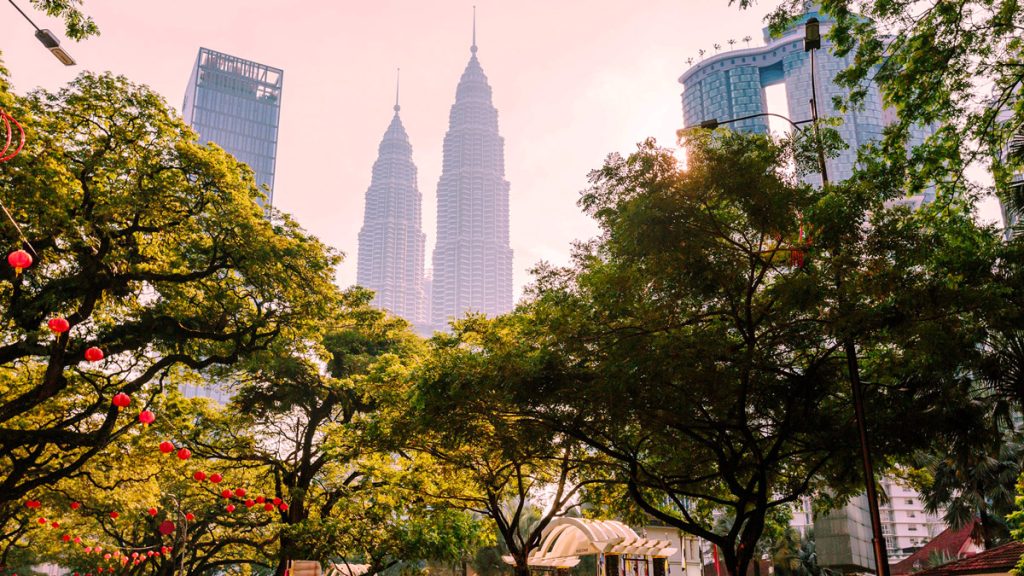
Kuala Lumpur felt like a city of layers—where old temples sit beside towering skyscrapers, where food brings people of all backgrounds together, and where every street corner offers something unexpected. For me, it wasn’t just about checking off the sights (though there are plenty). It was about embracing the mix—of flavors, people, and experiences—that makes KL so alive.
I left with a full stomach, a camera roll of glowing skylines and temple staircases, and a sense that Kuala Lumpur is a city best experienced not just as a traveler, but as a participant in its daily energy.

